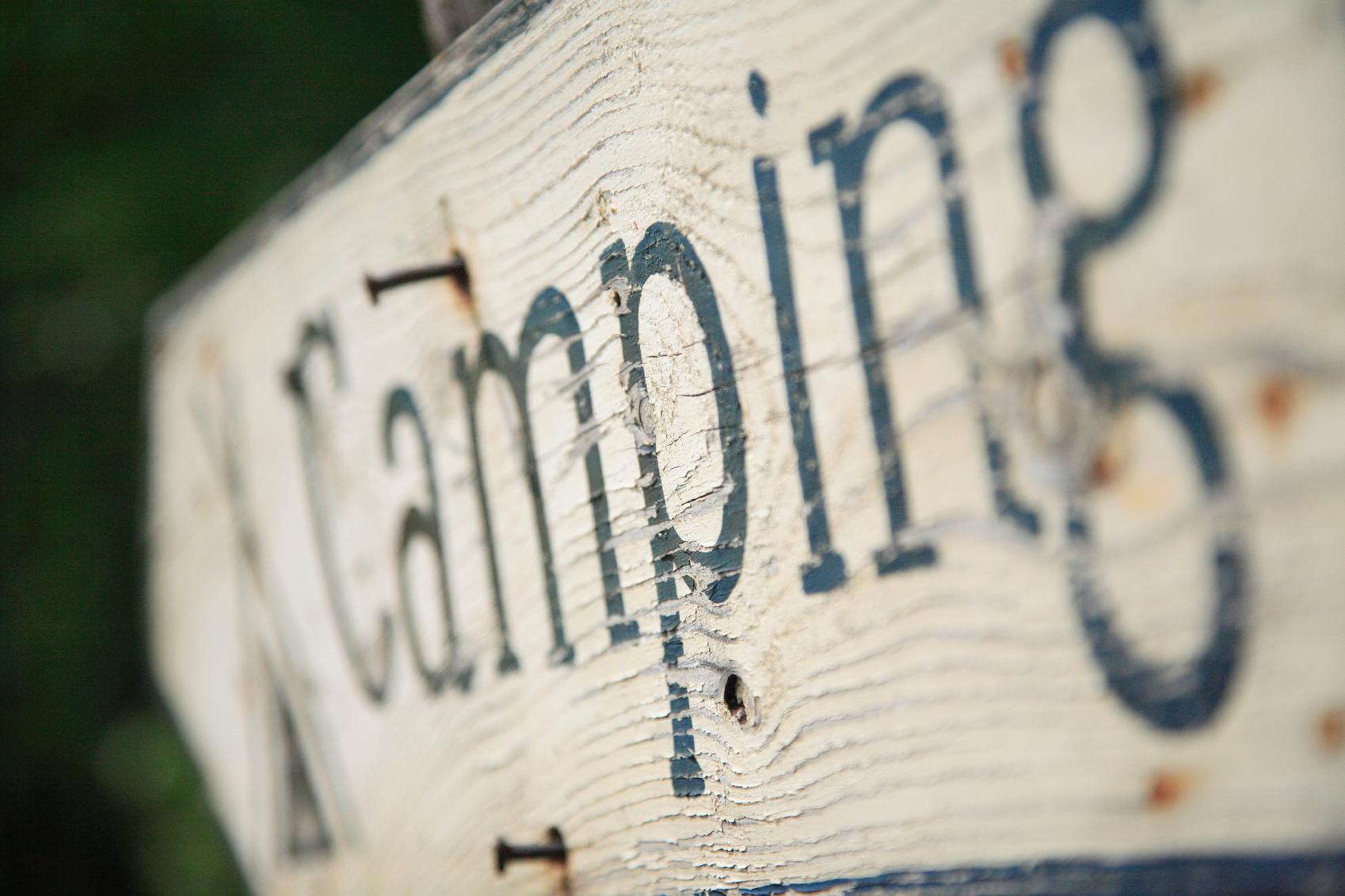Hmmm, well that didn't work!
Vikki Brightman • 20 November 2019
As promised, successes and failures...

Well, here's the next step in our "Green Journey" and, as promised, it includes the successes and failures!
"I wonder if you can make a homemade hair gel?" said Royston, so, as per normal, everyone jumps to their phones, asking Google, Ciri and anyone else for a recipe for homemade hair gel. "What are flax seeds, and do we have any?" comes the question from Annabel. "No we don't, but we can grab some next time we're in town."
Off we go, and flax seeds purchased! Just boil with water, strain and chill in the fridge - easy as that! Well, that's what we thought.
First batch - ended up looking a bit more like a flax seed nougatine, than hair gel.
Second batch - looked a bit runny, but we thought it would firm up in the fridge - we were wrong. What we had created was a runny slime! Ooops. Oh well, hopefully third time lucky - I will update you next time on how the third batch of flax seed hair gel goes.
On the more positive side this week, we have managed to create the beginnings of 12 Christmas tree decorations from a load of Scrabble letters we had laying round and some really cute little hats for the tree (although the first trial run got eaten by the dog!) - photos to follow. Using up all the stuff we have collected over the years rather than just buying is actually quite satisfying - who knew? The homemade cleaner is proving its worth - it works on everything - well, everything I've tried it on anyway. The coconut oil deodorant is the BEST I've ever used!
Well, that's me off to the craft room to finish off the Christmas decorations - photos to follow with the next post, along with an update from Royston's workshop.

No trip to Caithness, or the North Coast 500, would be complete without a trip to the famous John O' Groats, and a picture by the sign. However, up until 1902, John O'Groats as a place didn't really exist - the area was all covered by is now lesser known neighbour Duncansby (a lesser known, but nevertheless beautiful place for another blog). The previous grocer, George Manson, in 1902, charged the name of the Post Office and postal district to John O'Groats (a shrewd marketing move) and was also the first person to import souvenirs (not from China!) for the tourists to by and take home. Prior to 1902, the most famous landmark in the area was "Johnny Groats House", as written about by Scotland's national bard, Robert Burns - a landmark seen on the early Ordnance Survey maps, but a landmark that has left no trace, but in the mind. The man, John O'Groats (Jan de Grot (Groot) to give him his proper name) was granted a charter by King James IV (1488 - 1513) of a ferry and lands at Duncansby in 1496. According to records, he ran the ferry until 1715 - a long running family business! The legend says that his seven descendants continuously quarreled about precedence so to resolve the quarreling John built a house with 8 doors, and a table with 8 sides, ensuring no one entered the house before anyone else, nor sat at the head of the table.








